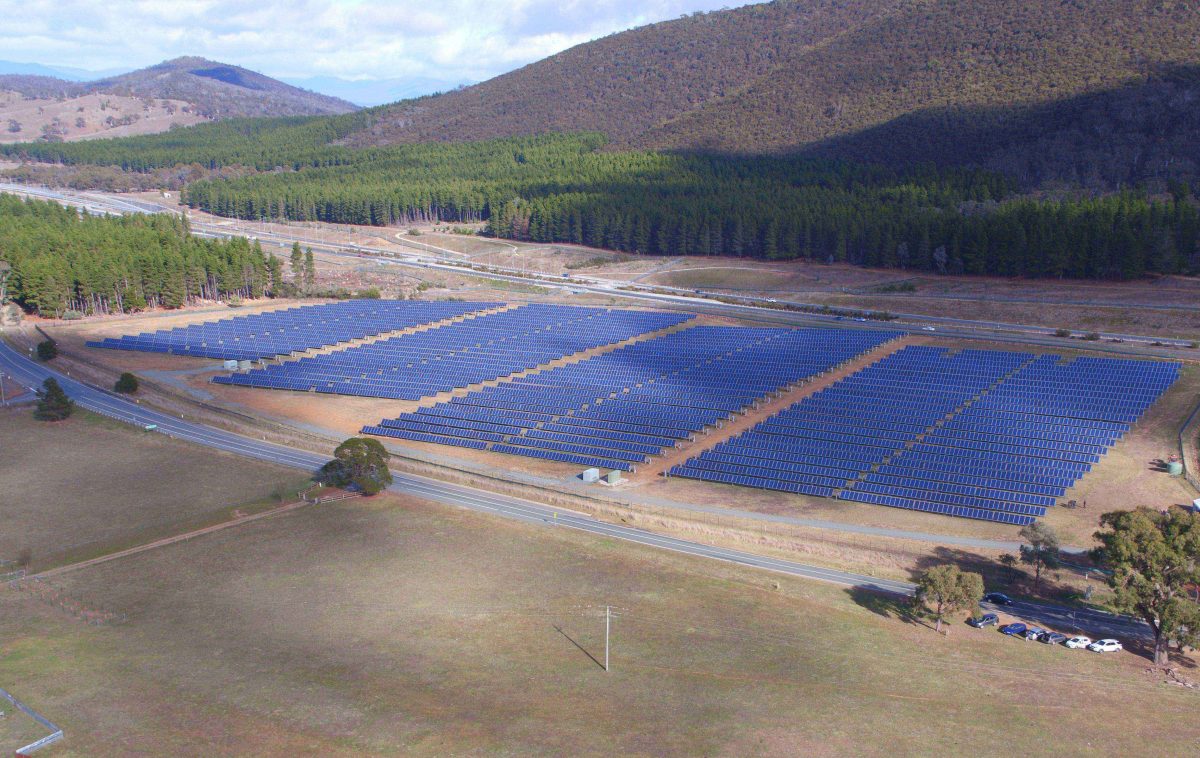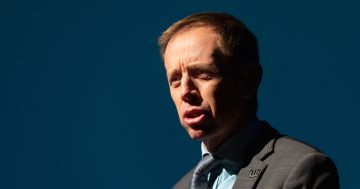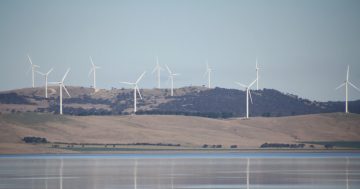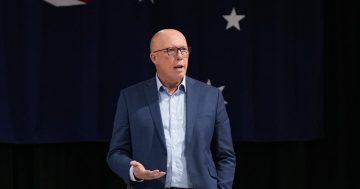
To help Australia achieve net zero emissions by 2050, the Federal Government has set the APS an ambitious target of meeting the mark by 2030. Photo: File.
If Australia is going to achieve the ambitious goal of net zero emissions by 2050, the Federal Government will need to lead the way. That’s where the Net Zero in Government Operations Strategy comes in.
The government says the strategy will demonstrate leadership by reducing the Australian Public Service’s (APS) own emissions – including non-corporate Commonwealth entities – to net zero by 2030. The new strategy supersedes the previous Energy Efficiency in Government Operations policy.
“Net zero” refers to zero or effectively zero emissions sufficiently offset by carbon-reduction measures.
The government says the strategy outlines the approach and steps it will take in reducing emissions and achieving net zero in areas such as existing and new properties, electricity use, buildings and energy efficiency, procurement, vehicle fleets, business travel, computing and data systems.
It says its key actions to achieve this will include transitioning to renewable energy through a whole-of-government coordinated procurement of electricity, improving building energy efficiency and electrification, and transitioning the APS fleet to zero emission vehicles where appropriate.
Initiatives and actions taken by Commonwealth entities will be complemented by guidance from an APS Net Zero Unit in the Department of Finance which can explain obligations and provide practical advice.
Minister for Finance Senator Katy Gallagher said the strategy would show government leadership in its commitment to emissions reductions and decarbonisation of Australia’s economy.
“There’s no reason why the Commonwealth Government can’t set the benchmark for major workplaces around the nation,” she said. “This strategy is all about the government leading by example by providing a credible path on how government will reach net zero within its operations by 2030.”
Minister for Climate Change and Energy Chris Bowen said the government would ensure the APS led by example and secured cleaner energy for its operations.
“Reducing public sector emissions shows how serious the government is about combatting the impacts of climate change, while reaping the economic opportunities from affordable renewable energy,” he said.
The strategy was developed through a consultative process with the APS, plus input from industry and domestic and international stakeholders. It’s based on entity emissions data and local and international best practice.
Assistant Minister for Climate Change Senator Jenny McAllister said the strategy would change the way government properties and businesses were operated.
“The government is leading by example by making properties energy efficient, meaning they will use less energy, lower emissions, and be more comfortable in extreme weather,” she said.
“The strategy sets ambitious minimum energy performance standards for offices, data centres and warehouses, as well as encouraging the use of more energy-efficient travel and accommodation. By setting energy performance standard we can drive down energy use and emissions.”
A mid-term review of the strategy will be conducted in 2026-27 to consider its progress, variations on domestic and international expectations on climate action in government operations, and recommended changes to policy or strategy.
The government will present a roadmap based on the strategy at the United Nations Climate Change Conference COP28 next week in Dubai as part of its previous November 2022 commitment to the US-led Net Zero Government Initiative.





















